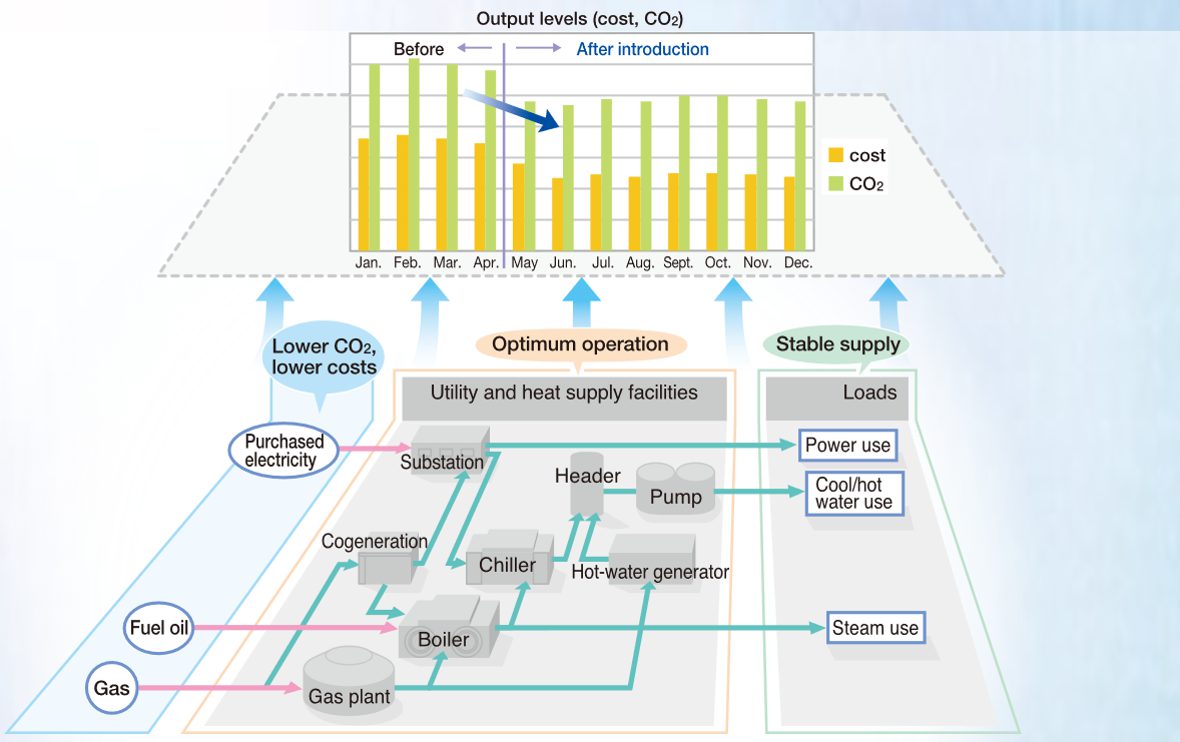


Neither ProQuest nor its licensors make any representations or warranties with respect to the translations. This functionality is provided solely for your convenience and is in no way intended to replace human translation. You have requested "on-the-fly" machine translation of selected content from our databases. Is the capitalization rate based on the total gross transaction price, or does it reflect the cash equivalency of any atypical leverage in the value. I s the capitalization rate really a cash-oncash rate? (NOI less leasing and capital costs divided by sale price.)ĥ.
#Stabilized noi calculation full
Was the NOI based on the operating statement for the year before the sale (trailing twelve-month NOI), the year after the sale (going-in or forecast NOI), or the full calendar years ahead or behind the date of sale?Ĥ. Were reserves for replacements included in the NOI calculation?ģ. Was net operating income (NOI) based on current occupancy divided by the sale price or based on stabilized occupancy divided by the sale price?1Ģ. When a buyer states that the property sold at an 8% capitalization rate, which of the following points were considered?ġ. Let's start by demonstrating why it is questionable that people understand each other when discussing capitalization rates. This would establish a common point of reference from which "cap rate speak" can become a more universally understood concept and a more useful valuation tool. The purpose of this discussion is to propose one standard definition, among the many, as a benchmark. The difficulty comes with the assumption that everyone is on the same page with their definition of income and how it relates to value. The mathematics for the calculation of the capitalization rate (R) is rather simple: One of the most common discussion points about commercial real estate transactions is "what's the cap rate?" However, this can be among the most miscommunicated concepts as market participants take for granted that they know what they are talking about and that other people actually have the same understanding of what they are saying. The methodology discussed works well with the core property groups (office, retail, industrial and multifamily) but may be challenging to apply to properties with moving stabilized targets such as hotels, golf courses, marinas, etc. The capitalization rate is a common part of any discussion involving real estate transactions, but does anyone really know exactly what is being talked about? This article attempts to define a standard point of reference so that "cap rate speak" may develop a new clarity.


 0 kommentar(er)
0 kommentar(er)
